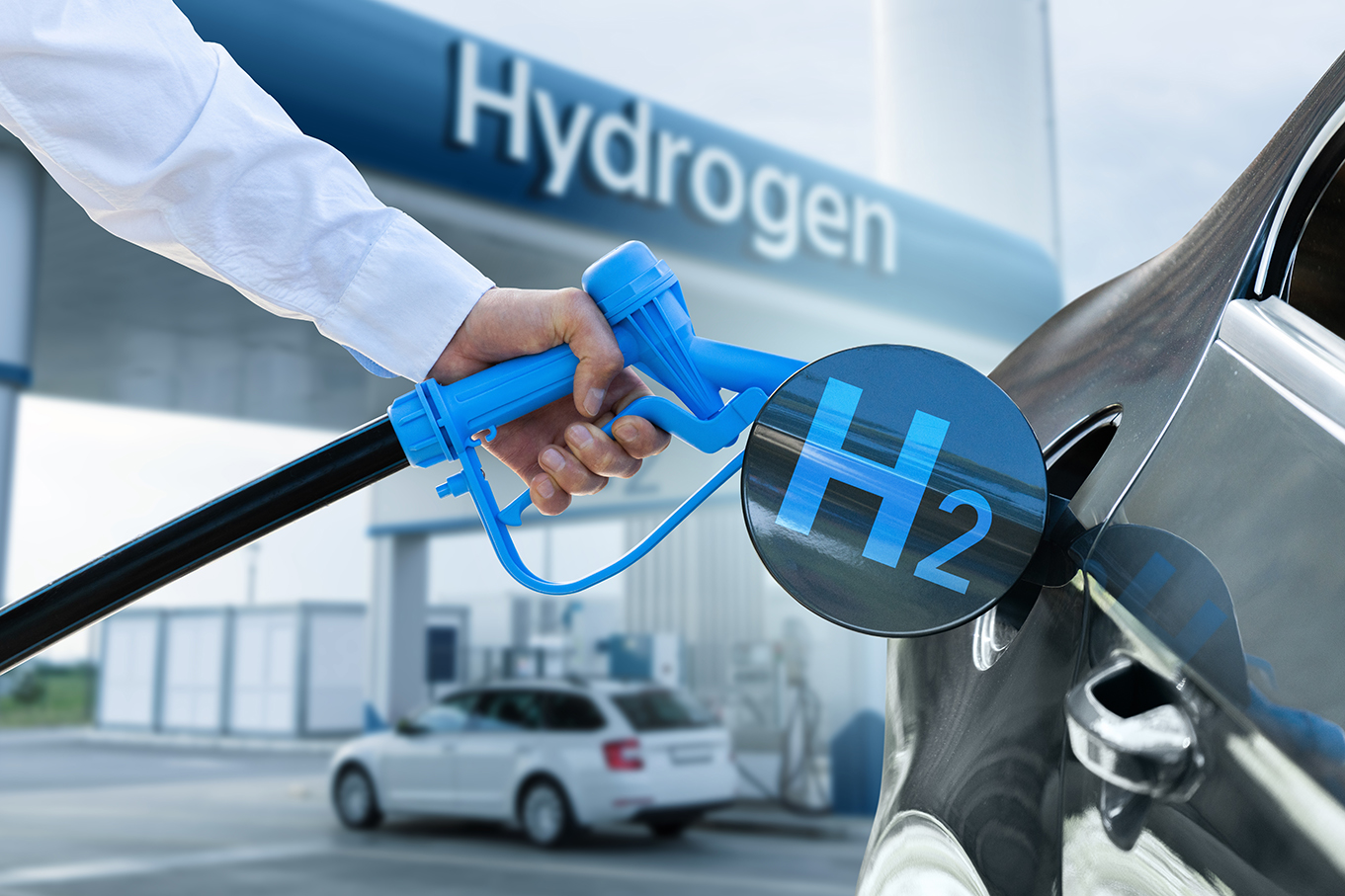One of the most interesting applications for printed circuit exchangers, or PCHE heat exchangers, is represented by hydrogen refueling stations. As already explained in other articles, this is an essential part for the commercial-scale development of sustainable mobility powered by hydrogen fuel cells.
Thanks to their ability to withstand extreme working pressures and temperatures, due to the special diffusion bonding construction process employed, in hydrogen refueling stations PCHE heat exchangers are essential for several reasons:
- Heat management during gas compression cycle: hydrogen must be compressed to very high pressures (up to 700 bar) before being transferred to vehicle tanks. This process generates a significant amount of heat. PCHE heat exchangers are used to cool compressed hydrogen, ensuring that the temperature remains within safe operational limits.
- Energy efficiency: the microchannel structure of PCHE allows for effective heat transfer with minimal energy loss. This helps improve the overall efficiency of the refueling station, reducing operating costs and environmental impact.
- Reliability and durability: PCHEs are built to withstand extreme operating conditions, including high pressures and variable temperatures. This durability is crucial for hydrogen refueling stations, which must operate continuously and safely.

